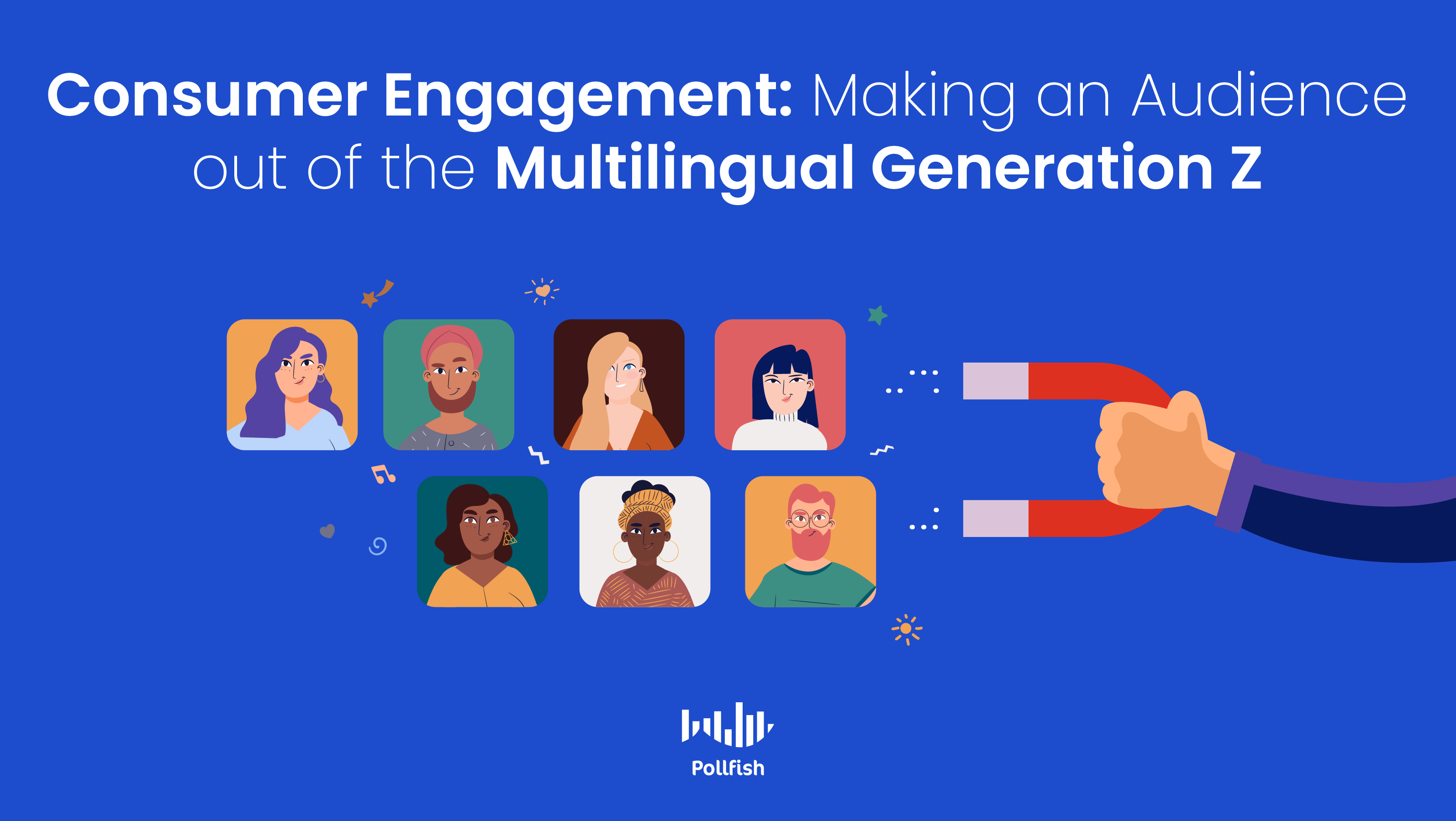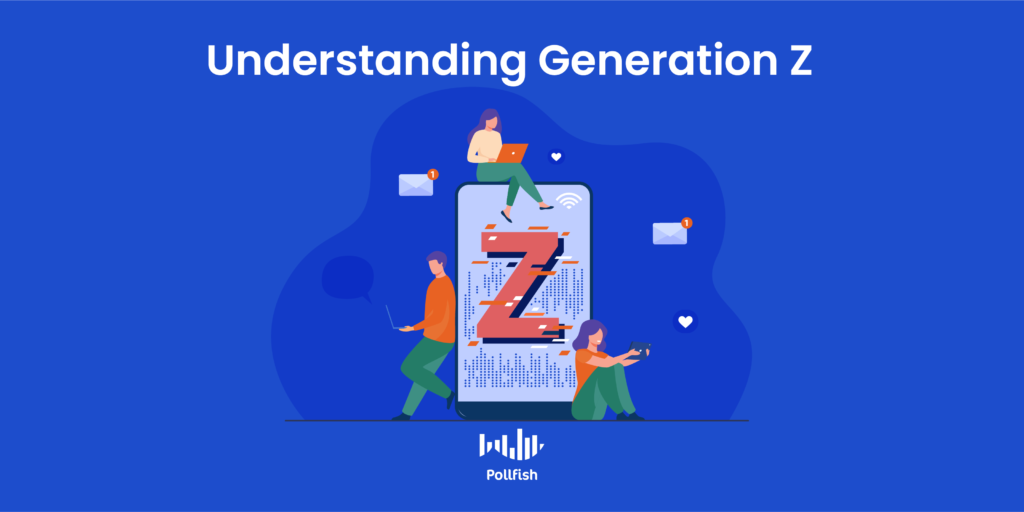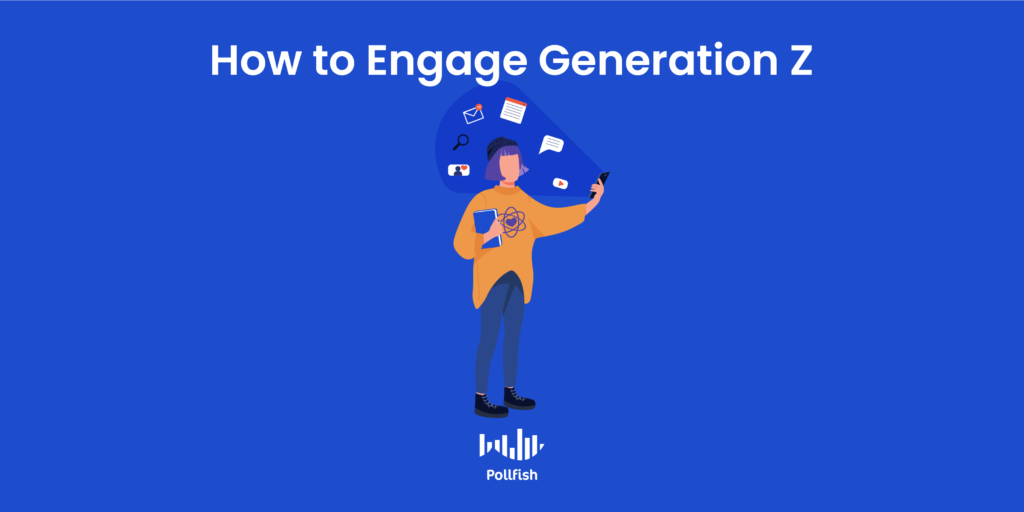How to Make an Audience out of the Multilingual Generation Z

Gen Z should be part of your consumer research for consumer engagement. No one should ever underestimate a Gen Z’s voice and financial power despite their age.
The best and most accurate moniker that post-millennials ever received is that they’re widely recognized as the next consumer powerhouse, the ideal target for consumer engagement. With a projected $33 trillion income by 2030, Gen Zers are poised to become the second wealthiest generation in US history a few years from now (next to Millennials). Not to mention that just last year, Fast Company forecasted them to account for 40% of all consumers worldwide.
As the Z generation is considered to be “on the cusp of adulthood”, members of this age group go around with a lengthy list of nicknames, which can be good or bad, depending on who calls them that way.
Sometimes, they’re praised as being “entrepreneurial” as most of them are business-minded and would typically avoid working from 9-5 in the corporate world. On the other hand, media and market research companies have labeled Gen Zers as “screen addicts”, considering a recent finding that they check their phones more than 100 times a day on average. But you should never underestimate and should always understand the consumer value of Gen Z.
Consumer Engagement For Different Demographics
Born after 1996, most Gen Zers are not yet old enough to vote (the oldest is only 23 this year) but they’re on track to being the most well-educated generation yet. Before we get into the reasons why, let’s take a brief tour first of this generation’s older siblings, parents, and grannies.
First off are “Baby Boomers” who were born between 1946 and 1964. They’re currently between 57-75 years old (Gen Z’s grandparents) and are the biggest consumers of traditional media like television, radio, magazines, and newspapers—thus their alternate name “silent generation”.
Despite being traditionalists, 90% of boomers own a Facebook account. Boomers are also the most comfortable with using cash as payment for everyday consumption out of all the other age groups.
Then we have the Gen Xers or the “MTV generation.” They grew up spending most of their time in front of the television and also spent roughly 7 hours a week on Facebook, making them a great mix of both traditional and digital savvy. Compared to boomers, Gen Xers typically do more research when purchasing goods online but still prefer to do transactions in person as this is how they demonstrate loyalty to their well-loved brands. They’re Gen Z’s parents.
Coming next are the viral and always-on-the-go “millennials” or Gen Y. This generation is divided into two groups, namely Y.1 (25-29 years old) and Y.2 (29-39) but one common thing about them is their penchant for on-demand services such as Netflix and Spotify. Millennials are known for their penchant for spending, even in a crisis, such as shown in an article about millennial savings and spending during the pandemic.
Because millennials own multiple social media accounts, they’re extremely comfortable using mobile devices but 32% still use a computer for purchases. Compared to Gen Xers, they have less brand loyalty as millennials are typically impatient and particular when it comes to pointing out poor company service. This is a handy-dandy guide for how Americans spend by generation.
Who Are The Gen Z And In What Way Are They Diverse?

Gen Z is the newest generation, born between 1997 and 2012. This age group is different from previous generations in some important ways, but similar in many ways to the Millennials especially when it comes to their social and political views.
Members of Gen Z (or simply Gen Zers or post-millennials) are racially and ethnically diverse, making this age group highly multilingual. In the United States, for example, post-millennials think that the country’s growing racial and ethnic diversity is a good thing which gives them a tendency to be less racist.
According to statistics, almost half of Gen Zers in the United States are either European, Middle Eastern, or North African Americans while 14% are black, 6% are Asian, and 5% are mixed.
Consumer Engagement For Engaging Your Gen Z Digital Consumers
Gen Zers, more than any other younger age groups, are known to be digital natives, meaning they have little or no memory of the world as it existed before technology exploded.
While boomers and their parents (Gen X) would most likely opt to update themselves with the daily news by reading the broadsheet, their descendants (the post-millennials) would just simply open Twitter and do some scrolling to get the same.
This is what makes this generation extra unique–Gen Zers think that they have the power to do almost anything just as long as their mobile phones are wrapped around their hands. No wonder why they’re also sometimes referred to as the “i-Generation”.
The i-Generation is also quite versatile in the sense that it knows exactly how to use every single social media platform available in the market. Their approach to posting on these sites is multifaceted as they use different platforms for different activities.
On Facebook, they follow trending stories; on Instagram, they share how fun their life is; on Twitter, they write their thoughts like an online diary; on YouTube, they compare specs by watching product reviews; and on Tiktok, they challenge themselves by recreating what is currently viral.
The Financially-Conscious Generation
Because the average i-Generation fella received their first mobile phone at age 10, many of them grew up playing with their parent’s mobile phones or tablets. When not communicating, they’re either playing mobile games or buying stuff online. Life for them is generally comfortable since their Gen X parents have worked hard for their stability. In return, Gen Zers tend to avoid debts since that’s what they’re told. Debit cards top their priority list, followed by mobile banking. Unlike millennials, very few Gen Zers own a credit card.
What’s even more interesting is that the offspring of the MTV generation love learning about personal finance. Most members of the i-Generation have a strong appetite for financial education and are opening savings accounts at younger ages than prior generations.
And because the parents of post-millennials are more well-educated than the parents of millennials (Gen X), Gen Zers are more likely to put up their own startup business in the future instead of working as full-time employees.
What Makes The Z Generation Multilingual?
We discussed in the first few parts of this article how culturally diverse Gen Zers are. If you’re wondering which between them and the millennials win this category, then they’re the former as post-millennials are either children of immigrants or immigrants themselves. They’re multilingual, and many learned English as an additional language to their mother tongue.
When dealing with people whether professionally or just to casually hang out, most members of the i-Generation would prefer face-to-face communication. Sure they will post and tweet, but they want to get involved and eventually make a difference. Compared to older generations, Gen Z’s sense of purpose is unmatched. They won’t do something if it’s against their will.
This makes them accessible personally and virtually. Since Gen Zers are an outgoing and approachable bunch both in the real world and in social media, it’s time for marketers to learn how to reach them.
How You Can Use Consumer Engagement For Your Multilingual Gen Z Consumers

As mentioned a while ago, the multilingual Generation Z is the future consumer powerhouse that’s why now is the perfect time to begin thinking about how to best engage them using a global marketing strategy that appeals to this rather tricky age group.
Having a global marketing strategy that reaches out to new and international audiences is a must especially if it’s intended for a specific demographic (like Gen Z) but as a business, you also need to think about ways on how you can engage consumers regardless of their generation or age group so it would be best to think about the boomers, Xers, and millennials as well when coming up with an effective consumer engagement global marketing strategy.
Businesses that are targeting to turn them into loyal customers should provide Gen Zers with engaging and immediately beneficial experiences. When making text posts on Facebook, for example, make them concise because most teenagers nowadays have the attention span of a gnat and they’re easily distracted.
While a millennial or Gen Xer might stop for a moment to read a longer post, Gen Zers want to get straight to the point so that they can proceed to the next one. Despite these, they relatively have faster processing speed than millennials—so you should also consider this somehow.
Brands that don’t adapt to the way Gen Z consumes messages might end up losing them as paying customers.
To properly engage Gen Z consumers, one should take into primary consideration their so-called inclusive-first mindset. Although most of the guidelines we have on inclusive communication are geared towards being sensitive to socio-economic issues, we rarely talk about inclusivity in terms of the language itself.
Projecting an inclusive model of communication by accounting for the languages spoken in your targeted audiences’ regions can help you get better reception from Gen Zers.
In this case, collaborating with a company experienced in providing translation services for different age groups and navigating through complex language barriers, yes even generational barriers, can help you capture this elusive and values-driven demographic.
By translating your content, you can develop a more inclusive approach to engage not only your Gen Z consumers but also their friends and families, which can develop into a ripple effect further fortifying your brand and public image.
But age group is just one of the many demographic options that a brand should consider when studying the right approach to consumer engagement strategies. There are a few more indicators to consider to get the best results such as gender, location, device being used, occupation, and of course, language spoken since the age group in talks is a highly multilingual one.
Engaging The Alpha Consumers
If you think that Gen Z is the youngest generation out there, then think again!
Since we’ve already covered the W, X, Y, and Z generations, it’s now time to come back to A! Introducing—the Alpha generation!
They were born in 2012 and will continue at least through 2025 (four years from now), which makes them the “pandemic babies”. This is yet another interesting age group to cover as they’re the kind of digital natives that will expect fully integrated and personalized, consumer experiences. For them, tangible cash was never a thing. Their idea of money is a number on a screen that they can spend through apps and other forms of e-commerce.
We’d love to tell you more about Gen A but that’s already for another comprehensive article. But if you’re keen to explore the potential of the Alphas for your business, then you might wanna try doing surveys among mobile users. There’s a new, fast, and amazing way to get the information that you need by simply creating polls. It works well for Gen Zs so it should work for Alphas too!
The Wrap Up
So are generations the best way to categorize consumer behavior? Not entirely, but it also doesn’t hurt to understand these age groups since marketing tools and audience segmentations generally include age as a factor, among many others.
The truth is that everyone grows up, and sometimes, older generations tend to behave more like younger generations. If you want your business to reach the Alphas, you need to start going out often to meet and get to know all age groups. Otherwise, surveying millions in just one click for your brand visibility can be of big help. Whatever you choose, the result will likely be favorable just as long as you know where to start and you know who to seek.
Do you want to distribute your survey? Pollfish offers you access to millions of targeted consumers to get survey responses from $1 per complete. Launch your survey today.
Global GSK Shingles Survey Insights
Original Insights,The Pollfish Blog
February 24, 2024
Shingles misconceptions: new global survey commissioned and funded by GSK highlights widespread…
B2B Sales Emails: Are they Effective or a Nuisance?
Original Insights,The Pollfish Blog
September 6, 2022
Are B2B sales emails a thorn in your side? Do they drive you crazy? Virtually all white-collar…
